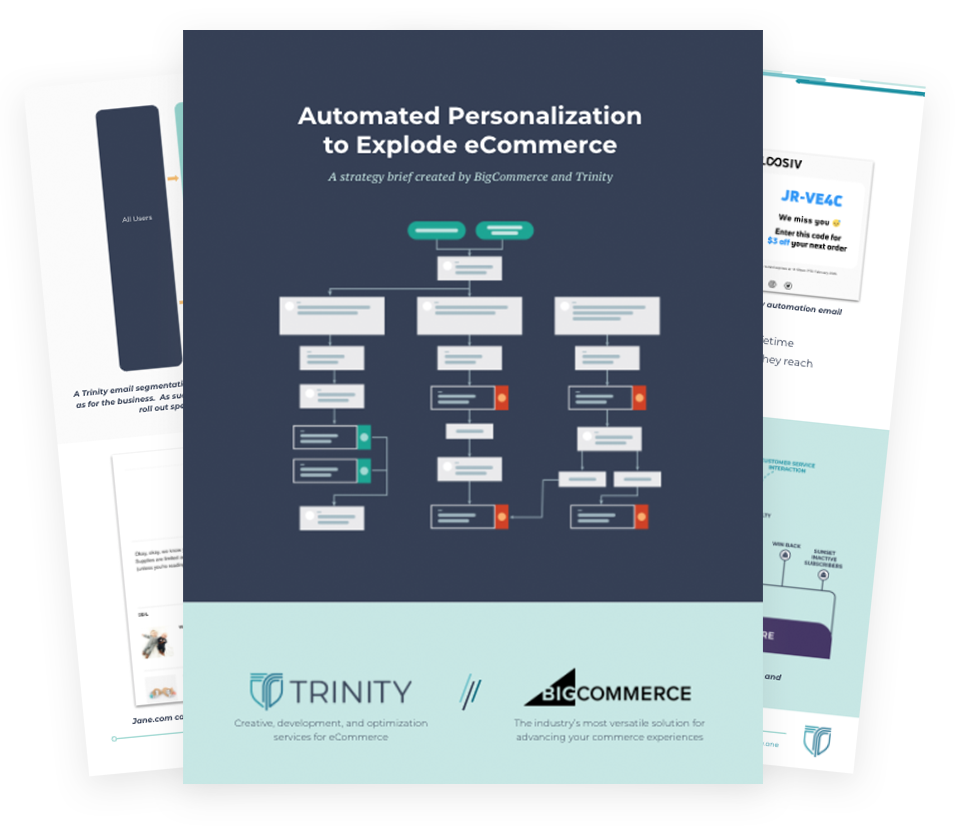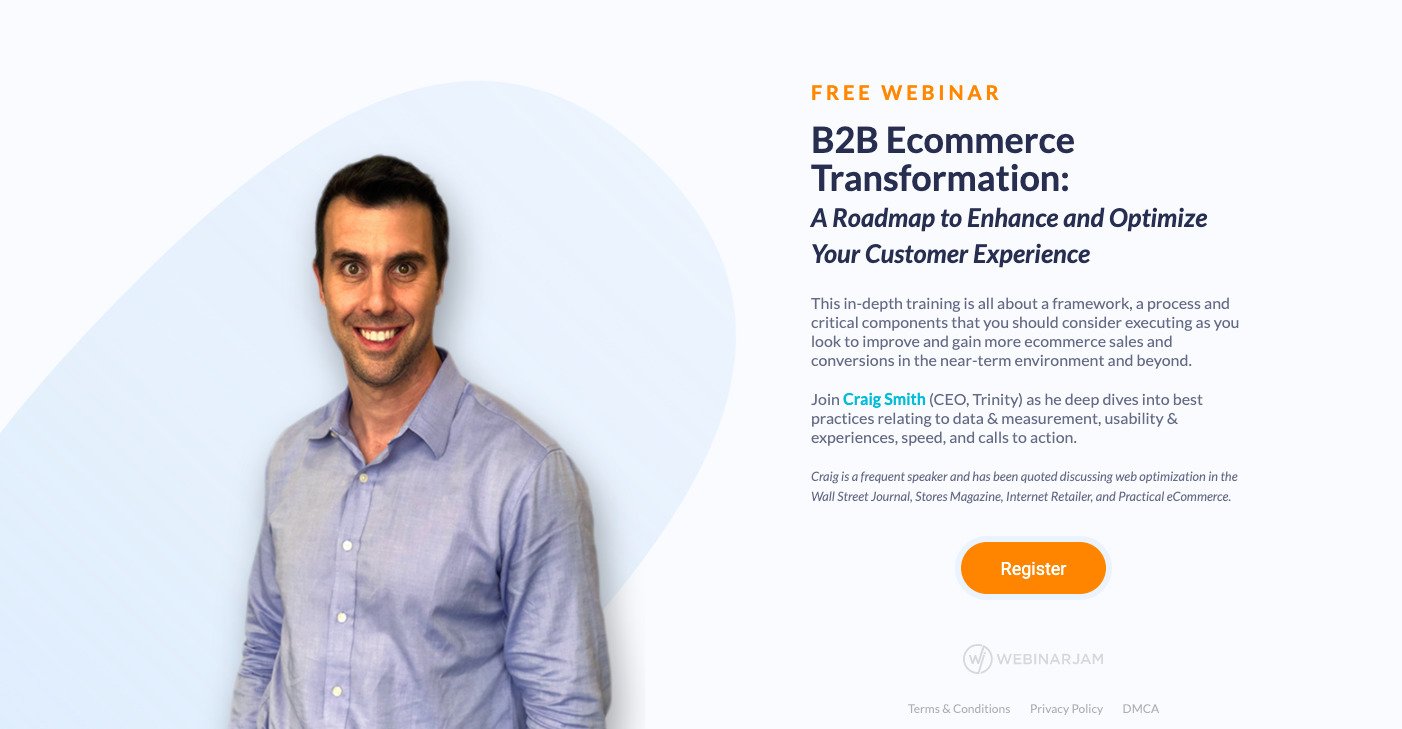Understanding what your customer’s interests are, and understanding what they really want to buy is an invaluable skill in business. By successfully predicting what your visitors want to find, you’ll increase your sales and customer satisfaction. Thanks to predictive marketing applications, eCommerce marketers have greater insight into consumer behavior than ever before..
How Predictive Marketing Tools Can Help
Predictive marketing tools analyze your website’s data to help you learn when and how much your customers will buy.
Hiring an internal expert to produce a similar customized analysis can be expensive and time-consuming, which is why it is not a viable option for smaller companies. According to a 2015 study by the marketing firm Millward Brown Digital, 67% of marketing professionals use past consumer behavior as a research tool to make future decisions. Given this statistic, the popularity of predictive marketing tools will only continue to rise.
Six Reasons To Invest In Predictive Marketing
1) Increase customer engagement
Analyzing customer behavior is paramount to tell you what engagement methods worked and which ones required tweaking. A predictive marketing tool allows you to automate much of this process, giving you more time to build new successes.
These tools can also increase your revenue stream by creating loyal and repeat customers. According to Gartner, it will cost companies five times more to acquire a new customer than it will to retain an existing one. By knowing what resonated with your shoppers and improving on that, you’ll be more likely to create a satisfying shopping experience and earn a loyal repeat customer.
2) Sophisticated segmentation of data
The use of location features in modern social media trends has given companies a better way to generate business leads and identify target markets. Combine these tools with the analysis of past consumer trends, and you can create targeted experiences for each referral channel, and track their effectiveness individually.
Nordstrom’s Technology People Lab team analyzed 1.2 billion product views and 200 million online product transactions in order to develop customer insights. The various data source segments included inventory, email campaigns, product metadata, purchase data, and click streams.
The team developed a scoring system based on a customer’s interaction with the products, including viewing the product, adding it to the cart, and actually purchasing. This scoring system increased email-to-dollar spent conversions by 25%.
3) Allow small eCommerce stores to compete
With affordable predictive marketing tools at their fingertips, smaller companies are able to take advantage of crucial customer data and employ their findings. Unlike larger rivals, who have large, bureaucratic approval processes, a small company can pivot on consumer trends quickly. Intelligent analytics help eCommerce stores identify and target under-served markets, creating a profitable way to grow their business, even against giants like Amazon.
4) Focus marketing efforts
Predictive marketing allows companies to analyze consumers’ responses to marketing tactics, promotions, and campaigns. This analysis can also be further broken up to analyze the effects of multiple messages in one campaign or promotion. By identifying what works, you can end ineffective campaigns and allocate those resources towards high-converting campaigns.
5) Save money
Predicting your customers’ behavior lets you carefully plan each marketing campaign you send out, rather than wasting time and resources on crafting new marketing materials and promotions that will not impact your audience.
6) Improve lead scoring
Lead scoring ranks prospects on a scale based on their predicted value to an organization. Predictive marketing tools are especially useful for developing lead scores and turning prospects into clients. Being able to better predict purchase intent is a useful measure, especially for B2B marketers. Practical eCommerce says that using models to conduct lead scoring has proven to be more effective than calculating scoring manually.
Growth Through Analytics
Traditionally, stores had to rely on raw sale data to try and understand their customers. While this gave useful insights into what products were frequently purchased together, it meant that businesses stayed blind to potential customers, or people who wanted products similar to those offered, but chose not to purchase.
Thanks to analytics, companies have a deeper understanding of user behavior, giving them insight into how to tailor their marketing to reach all potential customers. This removes a lot of the guesswork that came with traditional advertising. You no longer need to try to target a “demographic” that may or may not include your potential shoppers. Instead, predictive marketing allows you to identify and reach customers who are actively seeking services or products you provide.
To learn more about predictive marketing and our eCommerce consulting services, please contact us to schedule a discussion.




